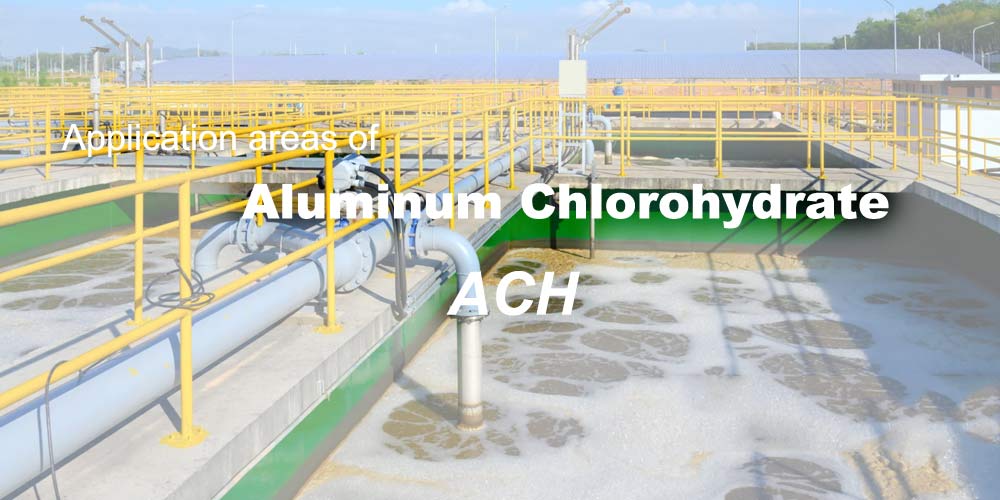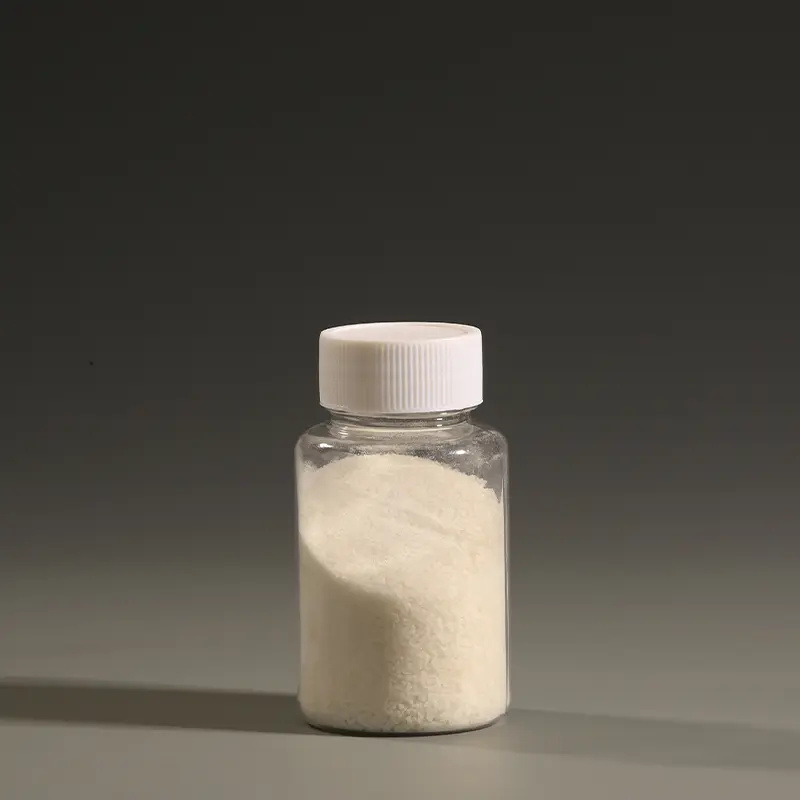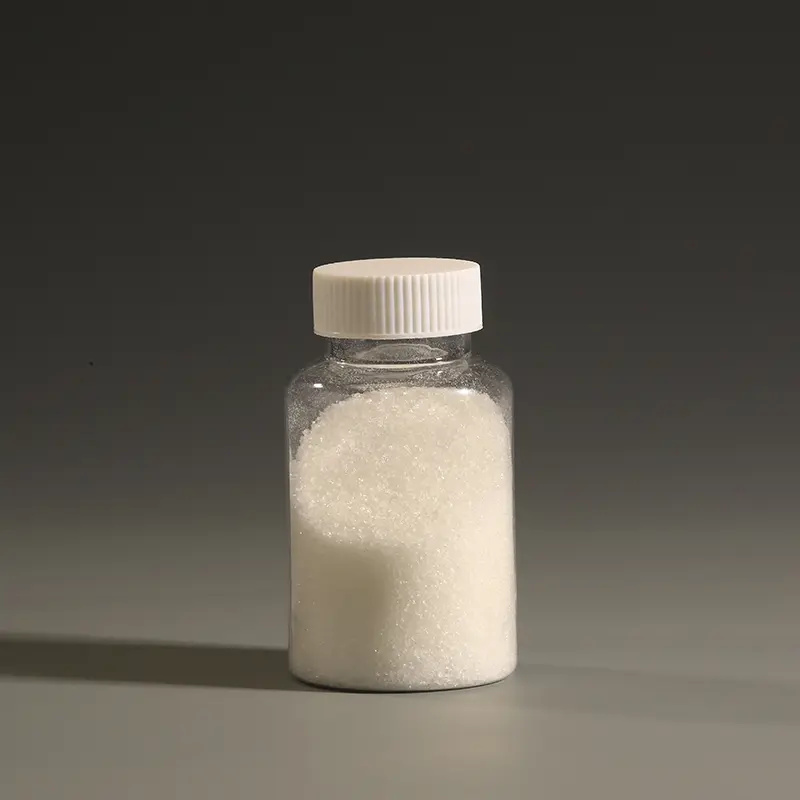Aluminum chlorohydrate (ACH) is an inorganic coagulant widely used across diverse industries, primarily for its high efficiency in removing impurities, contaminants, and suspended solids. As an advanced water treatment solution, ACH plays a vital role in various sectors where precise and effective coagulation is essential. Here are some key application areas of aluminum chlorohydrate:
Urban Drinking Water Treatment
Amidst the swift stride of industrialization and urban expansion, the preservation of urban drinking water quality has become a focal concern. Ensuring citizens access safe and healthy drinking water stands as a pivotal imperative. In this critical endeavor, aluminum chloride hydroxylate (ACH) emerges as a prominent player, serving as a cornerstone flocculant in domestic, drinking, and municipal water treatment realms due to its commendable efficacy.
The production of Aluminum chlorohydrate adheres to stringent standards, employing pure aluminum and hydrochloric acid to uphold product quality and safety. Adhering to the internationally recognized standards stipulated by USP-34 for drinking water treatment, Aluminum chlorohydrate exhibits multifaceted advantages in its application. It excels in enhancing turbidity removal capacity and expediting flocculation, thereby rendering water visibly clearer and more transparent. Furthermore, Aluminum chlorohydrate contributes to augmenting the elimination of TOC (total organic carbon), thereby fostering further purification of water quality.
Moreover, its utilization alleviates the burden on turbidity filters, expediting the filtration process and bolstering production efficiency. Notably, Aluminum chlorohydrate showcases exceptional proficiency in combating fluorine, cadmium, radioactive contaminants, and oil slicks, thereby furnishing comprehensive safeguards for drinking water. Additionally, it curtails the need for reagents, streamlines operational procedures, and mitigates pH value perturbations, obviating the necessity for secondary electrolyte infusion. These advantages collectively enhance the efficacy of drinking water treatment while concurrently economizing tap water production costs.
Urban Sewage and Industrial Wastewater Treatment
Beyond its application in drinking water treatment, Aluminum chlorohydrate assumes a pivotal role in addressing urban sewage and industrial wastewater concerns. Throughout the treatment process, Aluminum chlorohydrate accentuates decolorization, enhancing wastewater clarity. Simultaneously, it efficaciously targets TSS (total suspended solids) and facilitates the removal of heavy metals such as lead, cadmium (Cd), mercury (Hg), and chromium (Cr(VI)), thus curtailing environmental and human health risks. Furthermore, Aluminum chlorohydrate adeptly targets phosphorus, fluorine, and oily suspended solids, further refining wastewater purity. Noteworthy is its capability to halve sludge production, minimizing solid waste generation during treatment procedures. Additionally, it curtails reagent consumption, simplifies operational protocols, and neutralizes pH fluctuations, thus augmenting treatment efficiency while concurrently mitigating operational costs.
Paper Industry
In the realm of paper manufacturing, Aluminum chlorohydrate assumes indispensable significance. It serves as a precipitating agent for sizing agents (AKD), augmenting paper quality and stability. Acting as a sizing adhesive, it bolsters paper strength and resilience. Moreover, it functions as an anionic garbage scavenger, effectively purging anionic impurities engendered during the papermaking process, thereby refining paper purity. Additionally, it acts as a retention and drainage aid, regulating paper thickness and smoothness. Aluminum chlorohydrate’s adeptness in controlling resin barriers offers an efficacious remedy for the paper industry’s exigencies.
Personal Care and Cosmetics
Antiperspirants: ACH is commonly used as an active ingredient in antiperspirants and deodorants, where it works as an astringent by blocking sweat glands and reducing perspiration.
Cosmetic Formulations: It is also used in other cosmetic products, such as creams and lotions, as a mild astringent and to help with skin toning and tightening.
Industrial Applications
Paints and Coatings: ACH is sometimes included in paint formulations, especially in water-based paints, where it helps improve adhesion and can be used as a stabilizer.
Leather Tanning: ACH is used in some leather tanning processes to enhance the binding properties and strength of the leather.
These diverse applications make ACH a versatile chemical used across a variety of industries, especially those where water treatment and purification are critical.
Post time: Nov-06-2024




